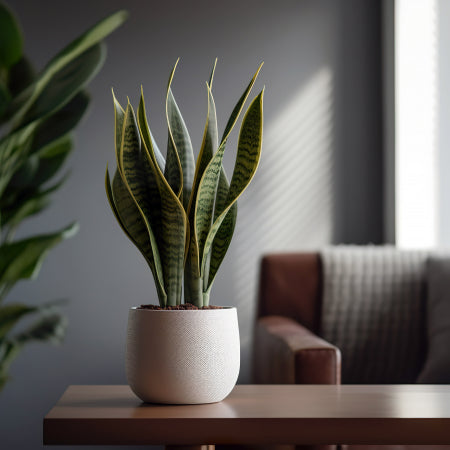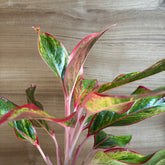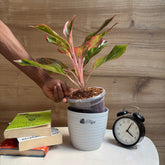How to Grow and Care for Philodendrons
The ideal option for you if you’re seeking a gorgeous home plant that is also simple to cultivate and maintain is a philodendron. Philodendrons are among the simplest kinds of houseplants to maintain, regardless of your level of skill with gardening. They adapt well to most settings.
Because the philodendron family comprises so many distinct types, plants can be found in a wide variety of colours and sizes.
We’ve put together a comprehensive guide on caring for philodendrons to help you decide if they’re the perfect plant for you and how to take care of them once you get them.
But let’s begin with a little basics, shall we?
What are Philodendrons?
It doesn’t matter if you are an amateur or a pro in growing plants, Philodendrons are your friendly indoor plants. Both novice and expert houseplant owners like philodendrons because they grow quickly and require little maintenance. There are approximately 450 different species of these! They can be anything from bushy to hanging vine-like plants.
From where do Philodendrons originate?
You know you can train your philodendron to climb walls to provide an eye-catching vine-like appearance? Any room is made more lively and organic by this living wall art. This would make your room look so cool! Definitely a hub spot amongst your friends for photoshoots!
How does one take care of Philodendrons?
To cultivate and tend to philodendrons, you do not require gardening skills. Having said that, there are a few guidelines for plant care you should follow to ensure its success.
Certainly! Here’s a condensed table summarizing the key care requirements for philodendrons:
|
Aspect |
Description |
|
Light |
Bright, indirect light; avoid direct sunlight. |
|
Watering |
Keep soil slightly moist; water when top inch is dry. |
|
Humidity |
Prefers high humidity; mist occasionally or use a pebble tray. |
|
Temperature |
Maintain 65°F to 80°F (18°C to 27°C); avoid drafts. |
|
Soil |
Well-draining mix; repot every few years. |
|
Fertilization |
Feed half-strength fertilizer during growth season. |
|
Pruning |
Trim yellow leaves; prune leggy stems. |
|
Propagation |
Easily propagate from stem cuttings. |
|
Pest and Disease |
Monitor for pests; treat promptly. |
1. Give your plant a weekly or 14-day irrigation:
Every one to two weeks, thoroughly water your plants. You’re probably overwatering your plant if it develops yellow leaves and begins to wither. Allowing the top inch of soil to dry completely in between waterings will help prevent this
2. Regularly trim your philodendron:
Pruning your plants prevents them from becoming lanky and promotes new growth. To provide room for fresh leaves, trim off any dead leaves. Hold onto your clippings; they can help with propagation.
3. Use propagation to regulate your plant's size.:
Cut off three to six inches of stem with a sharp pair of garden clippers in order to multiply your plant. Leave four to six leaves on the stem after gently removing the lowest leaves. Make sure the soil is firm around the stem and that no leaves are hidden by planting the stem two to three inches deep in damp soil.
4. Watch out for bugs:
Plant philodendrons to adorn your stairs. They give a sophisticated and welcoming touch whether they are either potted on steps or trailing along railings.
5. Give your plant monthly fertilizer:
Usually, pale new leaves are a sign that your plant isn’t getting enough magnesium or calcium. Your plants will remain robust, healthy, and attractive if you fertilize them once a month with a water-soluble houseplant fertilizer.
6. Keep kids and dogs away from your plant:
If consumed by humans or animals, philodendrons can be toxic, but they are not fatal. It is advisable not to utilize children or pets as floor plants if you have them.
7. If needed, repot your plant:
Usually sold as mature houseplants, philodendrons don’t need to be repotted. But when your philodendron grows, you might wish to transplant it to a bigger pot or start a whole new plant through propagation.
TO SUM IT UP
It doesn’t matter if you have a green thumb or not! Philodendrons should definitely be up your sleeve if you are looking for great and easy indoor plants. And, if you are looking for these beauties then reach out to us at Little Jungle!







